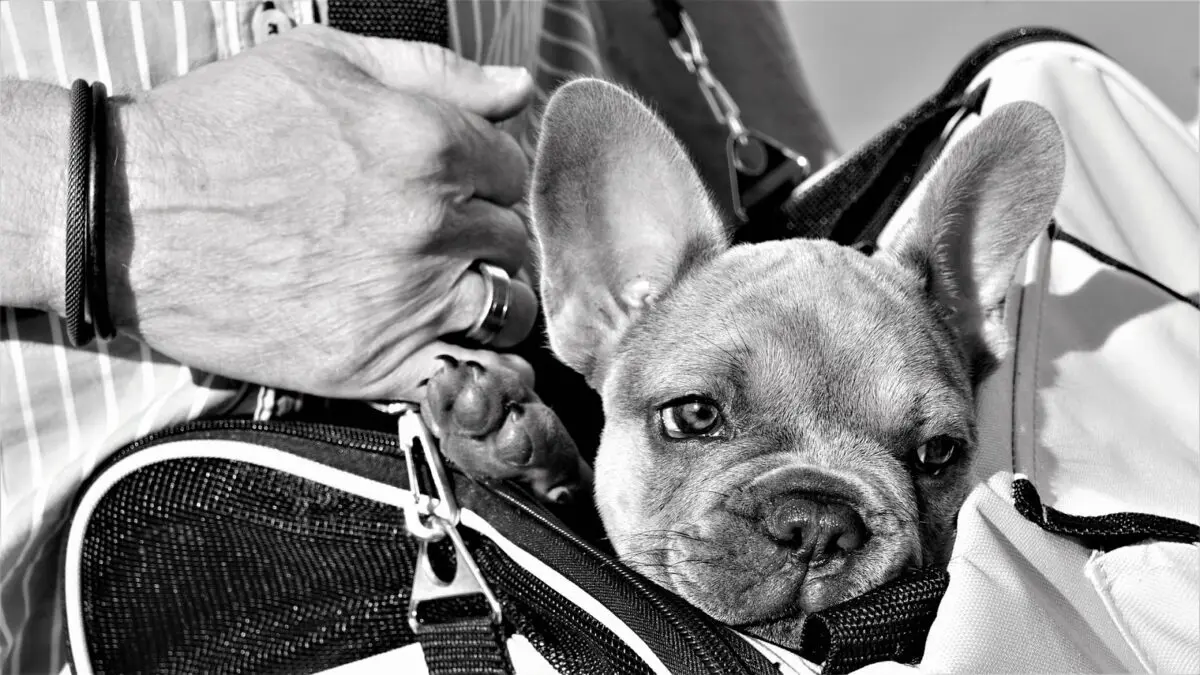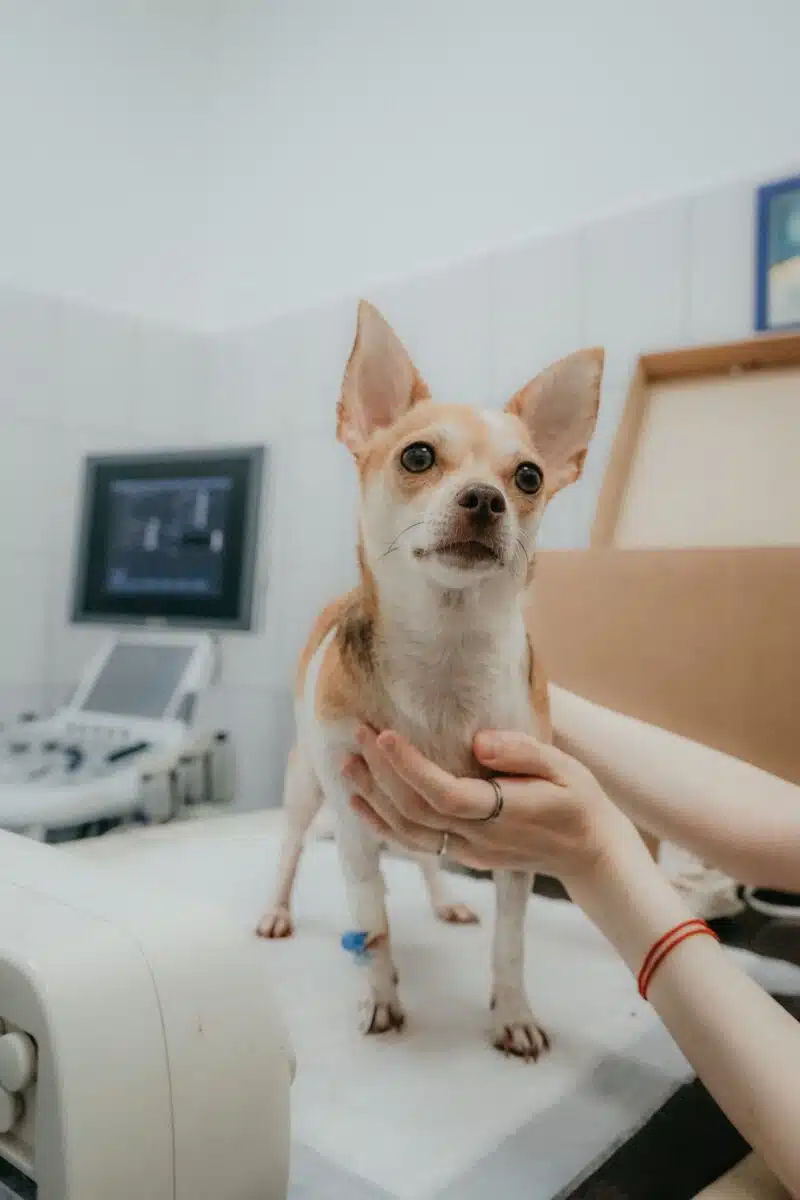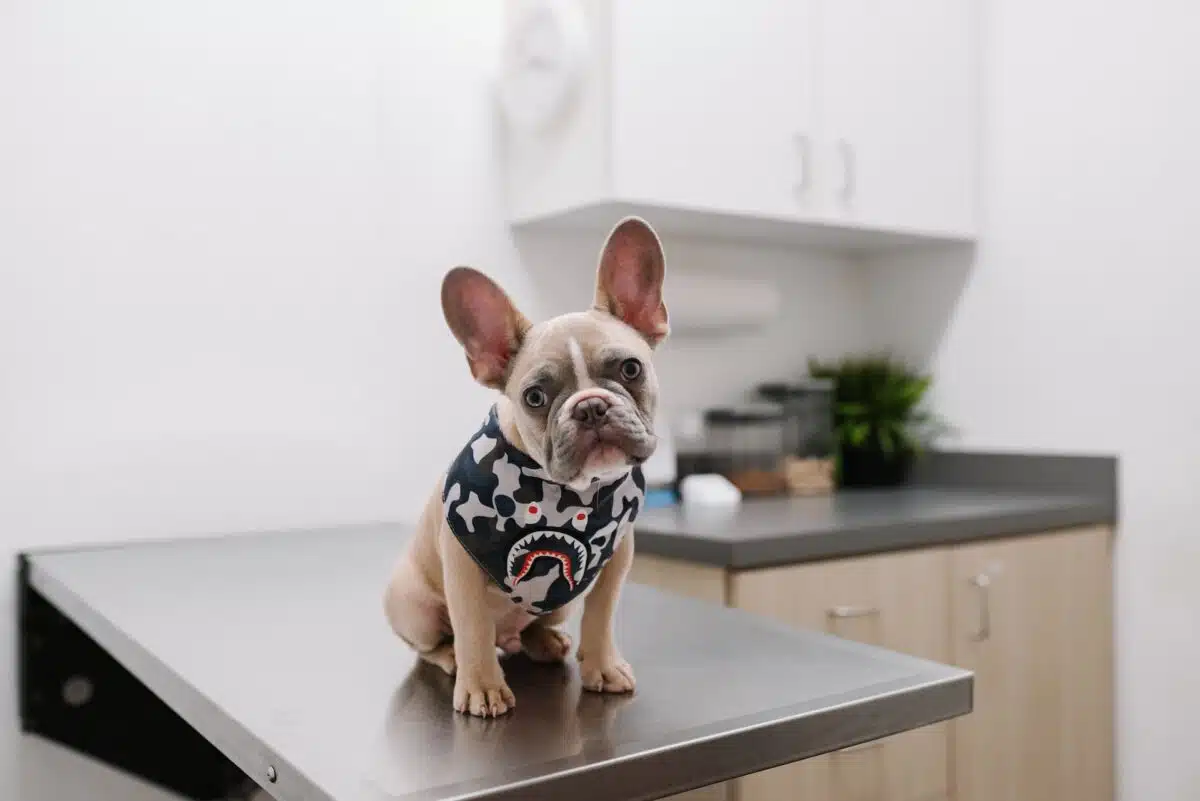Moving to another country (or even continent) is always a challenge, even as a seasoned expat : paperwork, house hunting, school research if you have kids… And what about your four-legged friend ?
It’s easy to feel overwhelmed in front of the endless list of tasks you have to do before you can finally set up home. Here’s a guide for expat pet pawrents to make your pet’s relocation to France as safe and smooth as possible. We will focus on the most common case which is dogs, cats and ferrets.
First of all, it’s important you anticipate the process between 4 to 6 months before your planned relocation date. If you’re busy, Tout Pour Le Toutou offers an accompaniment service from administrative paperwork to transport so you can save time and energy. Our founder Melanie lived in the US for years and knows from firsthand experience the difficulties that being an expat pet parent comes with, she and her team of pet lovers offer a wide range of services performed by their network of vetted, insured, and multilingual providers: walks, petsitting, boarding, training, grooming, transportation, personal shopping and they’ll be more than happy to create a customized service that satisfies your needs!
General requirements for your pet to enter UE territory
(if your pet doesn’t have an EU passport)
- Pets imported from non-EU countries must be declared and presented to Customs for document and identity checks.
- For a non-commercial import, you can bring up to 5 animals per person (adult).
- Each pet must be at least 4 months old and must own a health certificate.
- Category dogs:
Category 1 dogs (Staffordshire terrier, American Staffordshire terrier, Mastiff and Tosa): without pedigree papers recognised by the French Ministry of Agriculture are banned.
If you have a Category 2 dog (pedigreed Staffordshire terrier, American Staffordshire terrier or Tosa), here are the additional requirements needed to be allowed on the french territory:
- The dog must be registered by the SSC (the French Kennel Club) recognised by the Ministry of Agriculture ;
- The owner must be at least 18 years old ;
- Hold a certificate of qualification “Attestation d’aptitude” (only an authorized French trainer can deliver this certificate after a minimum 7 hours of training)
- Prove that the dog has undergone a behavioral evaluation (only an authorized French veterinarian, registered on a prefectural list in a French department to carry out behavioral evaluations, can deliver this evaluation)
- Be the holder of a specific civil liability insurance for the damages that the dog is likely to cause in France
👉 If it appears that your dog is a mixed breed with a category 1 dog : ensure that you obtain a statement from your vet confirming the breed and have it translated into French. Afterwards, have a consultation with a French vet to confirm the initial statement.
Once you made sure your pet completes these requirements, here are the different steps to bring your pet in France:
🗓️ At least 3 months before travel day:
Microchip your pet
Your pet must have a microchip implanted, for identification purposes. It should be an ISO-compliant microchip, and it should be readable by a scanner that complies with the ISO standard 11784 or 11785. This chip will allow your pet to be identified by the French and European veterinary authorities, so it is a prerequisite.
👉 Tattoos are accepted only if clearly legible and affixed before July 3, 2011.
🗓️ At least 21 days before travel day (and once the ISO-microchip implanted):
Update your pet’s rabies vaccination
The rabies vaccination should be done at least 21 days (primary vaccination and booster) before your pet’s arrival in France and must have a certificate showing it has been vaccinated against rabies. Make sure that your pet is up-to-date with all its other vaccinations as well.
Tip: you can ask your veterinarian to administer a 1-year rabies vaccination (after scanning the microchip) at least 21 days prior to your travel date, but not more than a year before. This approach ensures that you only need to keep track of one vaccination certificate, regardless of your pet’s previous vaccination history. Additionally, following this method can expedite the review process at the USDA endorsement office, allowing for a faster return of your endorsed certificate.
🗓️ At least 30 days after vaccination and 3 months before the travel date:
Have your pet’s rabies serology done
(except USA, Canada, Australia and the countries considered as “rabies-free”)
To ensure the effectiveness of an anti-rabies vaccination, it is recommended to request a laboratory test that measures the level of rabies antibodies in a blood sample. This test, known as a rabies antibody titration test, should be conducted at a laboratory authorized by the European Union.
The test result should show a minimum level of 0.5 UI/liter to ensure the vaccination is effective. If the vaccination is kept up-to-date with booster shots administered within the specified time frame, the validity of the test result will extend to the animal’s lifetime.
🗓️ Within 10 days before travel date:
Get a health certificate for your pet
To travel with your pet within the EU, you must obtain a non-commercial EU health certificate that adheres to the European model established by an official veterinarian in the country of origin. This certificate must contain evidence of the pet’s vaccination against rabies. Its validity will extend for four months in the EU territory from the issuance date or until the expiration of the rabies vaccination, whichever date comes first.
→ This certificate is only valid for 10 days, so your pet, therefore your pet must be transported within a period of five days before or after your own travel dates.
✈️ Make travel or transport arrangements for your pet
First of all it is essential that you check carefully the rules of your airline regarding pet’s transport. In all cases, you will have 3 options:
- on the plane with you as either in-cabin (for pets weighing less than 6-8kg dependending on the company’s rules)
- on the same plane but on cargo
- on a different flight, or with a licensed commercial pet transporter.
In any case, an authorized IATA pet crate will have to be used. (check below)
You should inform the airline if you plan to bring your pet along with you, as there may be a limit to the number of pets allowed per flight. Also, remember to contact your airline at least 72 hours prior to your flight to confirm the presence of your animal.
Avoid connecting flights, as they can be stressful for your pet and may complicate the process if you have a layover in a country where rabies is prevalent. If there are no direct flights available from your location, you may want to consider using pet relocation services.
We do not recommend sedatives or tranquilizers, they are unsafe for pets who are traveling by plane. The use of tranquilizers can have negative effects on your pet’s health, such as an increase in blood pressure and heart rate, disorientation, and balance problems. These effects can increase the risk of injury and negative health reactions.
🐶💕 Tips on how to get your pet accustomed to its travel crate
You can check the dimensions here.
We advise you to start acclimatizing your pet to its travel crate a few months before your travel, particularly if your pet has never traveled long distances before. This is how you can proceed for a start:
1️⃣ Place the travel crate in an open space, such as the living room, so that your pet can get familiar with it and explore it. This will help your pet understand that the crate is a safe space for it. If your pet is afraid of confined spaces, you can start by setting up only the bottom half of the crate. Gradually add the top half and then the door when your pet becomes more comfortable.
2️⃣ Encourage your pet to enter the carrier by playing with them in and around it. You can also place their favorite toys and treats inside the carrier to make it more enticing for them to enter on their own.
👉 To make the carrier comfortable for your pet during travel, it’s important to place something absorbent on the floor of the crate. You can use a thin blanket, plaid, towel, or t-shirt that has a familiar scent from home. You can also add a thin crate pad and a pee-pee pad to make the space more cozy and familiar for your pet.
🛬After landing in France with your pet
👩✈️📑 At the airport
Upon arrival in France, you will be required to present the following documents to the customs authorities for inspection:
- Your pet’s health certificate
- Documents related to your pet’s vaccination
- The antibody test results (if you come from a non “rabies-free” country)
🕦 Within a week after your arrival in France
After arriving in France, you should register the microchip of your pet with a French veterinarian within the first week. It is mandatory to declare your pet to ICAD (Identification des Carnivores Domestiques) within 8 days to register its identification in the French national file of domestic carnivores. To complete this process, you need to have a provisional identification certificate for import or intra-community exchange form filled out by your French veterinarian and submit it to ICAD along with the necessary supporting documents.
If you plan on traveling inside the EU, you can ask for the EU pet passport EU Pet Passport, which contains official health information for dogs, cats, and ferrets only. This document cannot be acquired outside the EU and serves to simplify travel between EU member states. It will also be more simple to return to France or any EU country once you go back to your country.
As you have seen, bringing your pet to France requires a lot of organization and anticipation. That’s why we highly recommend Tout Pour Le Toutou’s pet relocation services which allows expatriates’ pets to travel with peace of mind and comfort. Don’t hesitate to contact us!
This article has been written by Tout Pour Le Toutou as part of our partnership for your pets’ move and life in France. You can learn more about them at https://www.toutpourletoutou.com/
You might also be interested in…
All articles by: Leslie Belliot












